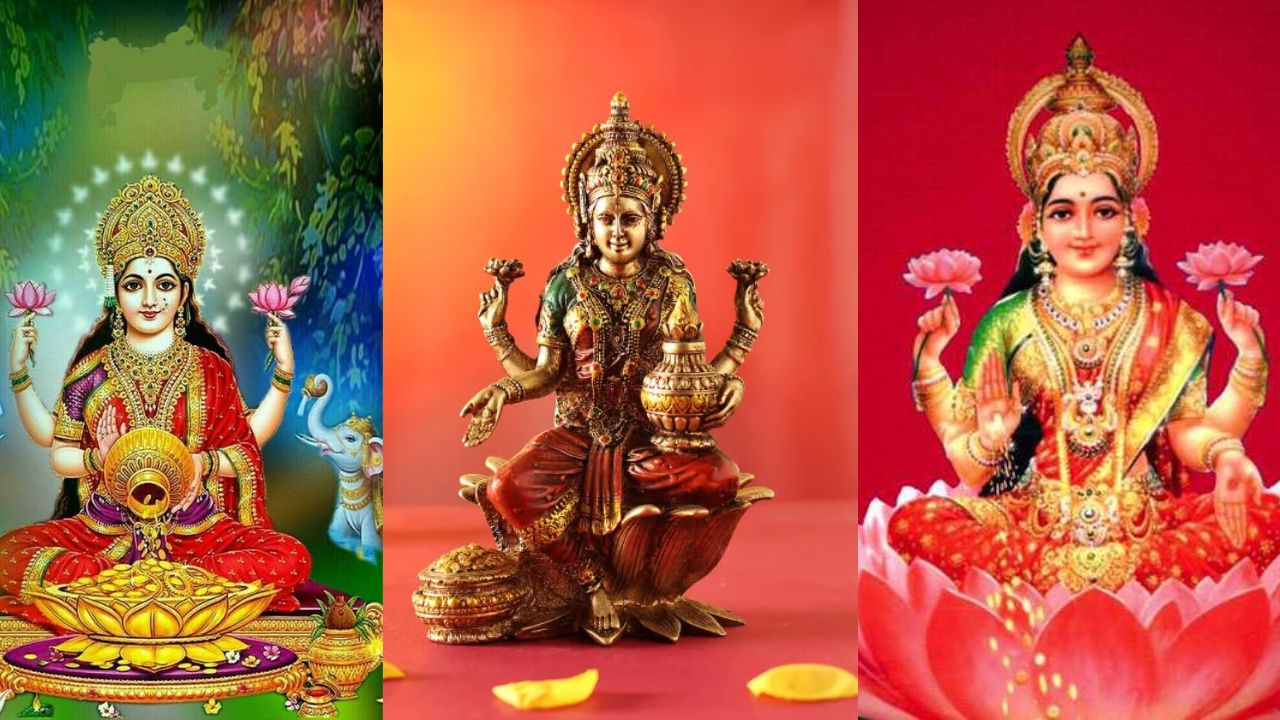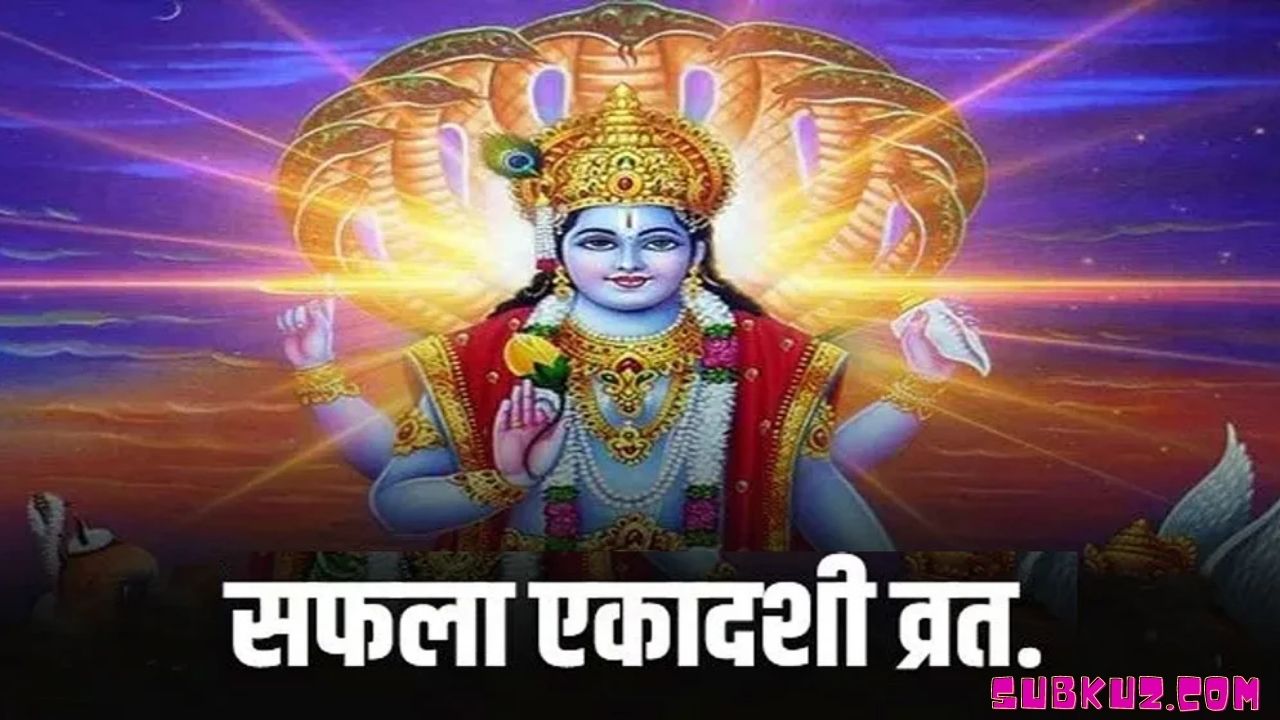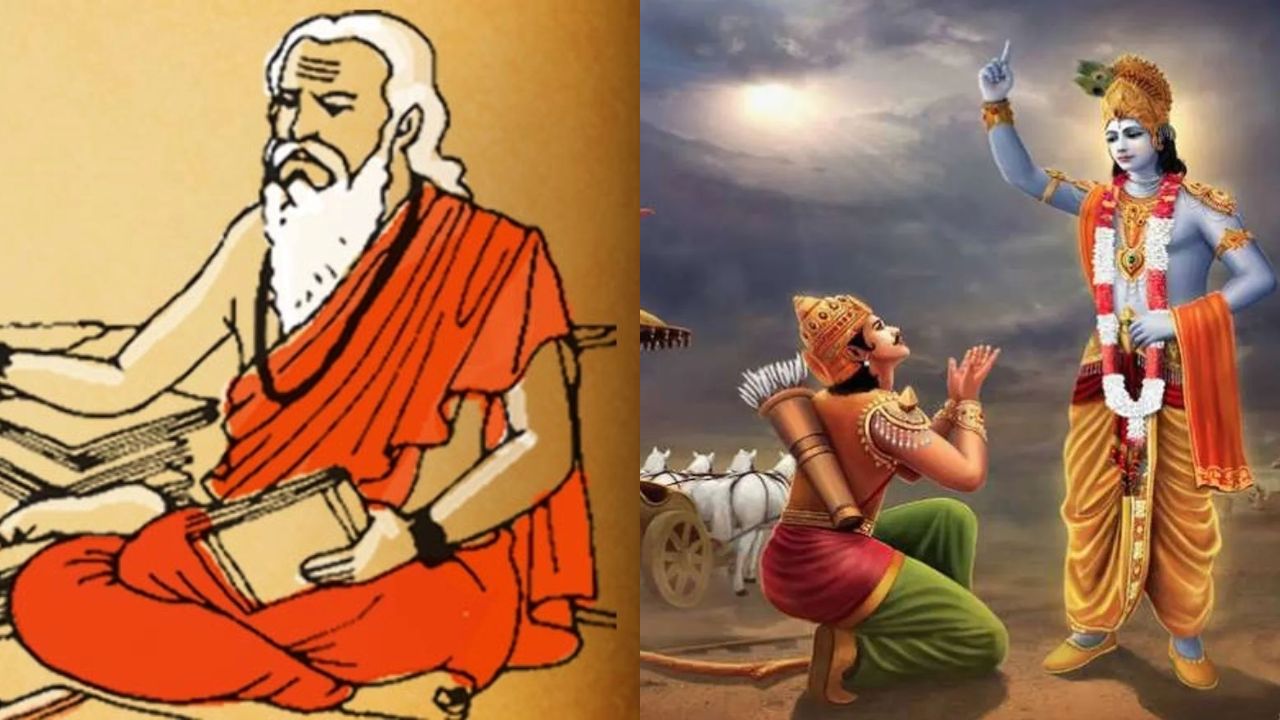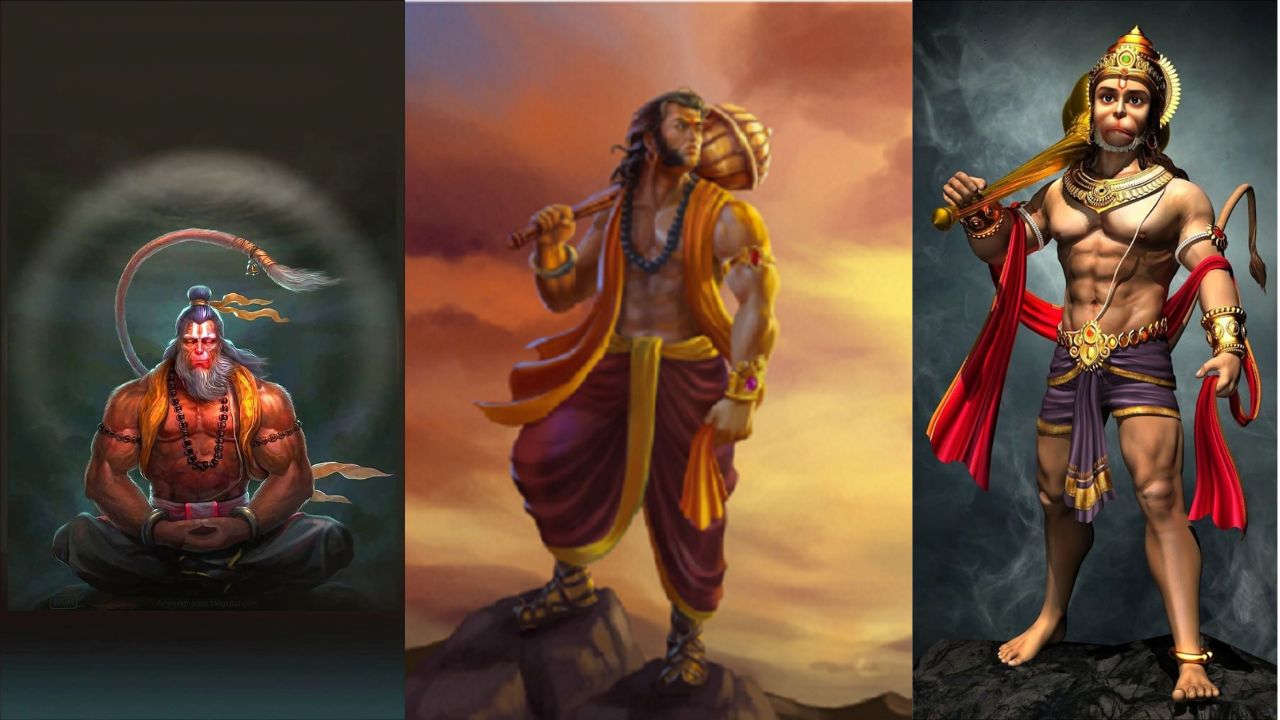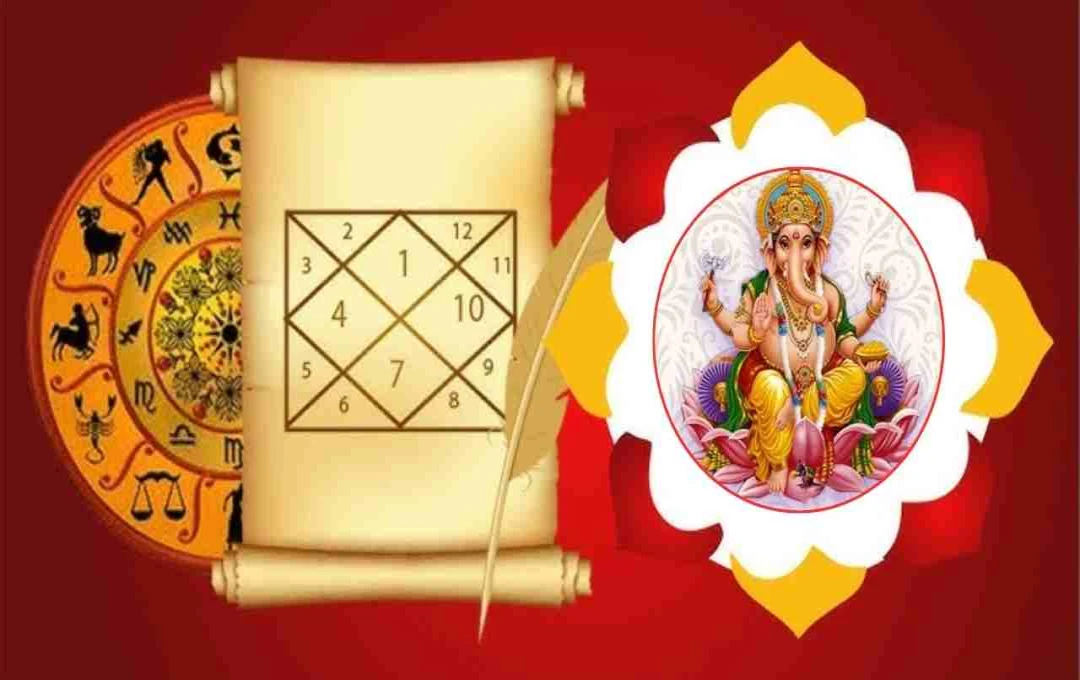ಬ್ರಾಹ್ಮಣರನ್ನು ಶಾಸ್ತ್ರಗಳಲ್ಲಿ ದೇವತೆಗಳೆಂದು ಏಕೆ ಕರೆಯಲಾಗಿದೆ? ಇದರ ಹಿಂದಿನ ಸತ್ಯವನ್ನು ತಿಳಿಯಿರಿ
ನೀವುಗಳಲ್ಲಿ ಹೆಚ್ಚಿನವರಿಗೆ, ಹಿಂದೂ ಧರ್ಮದಲ್ಲಿ ಬ್ರಾಹ್ಮಣರನ್ನು ದೇವತೆಗಳಿಗಿಂತ ಕಡಿಮೆ ಎಂದು ಪರಿಗಣಿಸಲಾಗುವುದಿಲ್ಲ ಎಂದು ತಿಳಿದಿರಬಹುದು. ಇದರರ್ಥ, ಅವರನ್ನು ದೇವ-ದೇವತೆಗಳಂತೆ ಪೂಜಿಸಬೇಕು ಎಂದು ಪರಿಗಣಿಸಲಾಗಿದೆ. ಆದರೆ, ಅದೇ ಜನರಲ್ಲಿ, ಬ್ರಾಹ್ಮಣರನ್ನು ದೇವತೆಗಳ ರೂಪ ಎಂದು ಪರಿಗಣಿಸುವುದು ಏಕೆ ಎಂಬ ಪ್ರಶ್ನೆಗಳು ಕಾಡಬಹುದು. ಇದರ ಹಿಂದಿನ ಕಾರಣವೇನು? ಬ್ರಾಹ್ಮಣರಿಗೆ ಈ ರೀತಿಯ ಗೌರವ ಏಕೆ ನೀಡಲಾಗುತ್ತದೆ? ಈ ರೀತಿಯ ಪ್ರಶ್ನೆಗಳು ಸಮಾಜದ ಹೊಸ ಪೀಳಿಗೆಯಲ್ಲಿಯೂ ಆಸಕ್ತಿಯ ವಿಷಯವಾಗಿದೆ. ಆದ್ದರಿಂದ, ಧಾರ್ಮಿಕ ಶಾಸ್ತ್ರಗಳು ಈ ವಿಷಯದ ಬಗ್ಗೆ ಏನನ್ನು ಹೇಳುತ್ತವೆ ಎಂಬುದನ್ನು ಈ ಲೇಖನದಲ್ಲಿ ನೋಡೋಣ.
ಶಾಸ್ತ್ರೀಯ ಅಭಿಪ್ರಾಯ:
ಪೃಥ್ವಿಯಲ್ಲಿರುವ ಎಲ್ಲಾ ತೀರ್ಥಕ್ಷೇತ್ರಗಳು ಸಾಗರದಲ್ಲಿ ವಿಲೀನವಾಗುತ್ತವೆ.
ಸಾಗರದಲ್ಲಿರುವ ಎಲ್ಲಾ ತೀರ್ಥಕ್ಷೇತ್ರಗಳು ಬ್ರಾಹ್ಮಣರ ಬಲಗಾಲದಲ್ಲಿದೆ.
ನಾಲ್ಕು ವೇದಗಳು ಅವರ ಮುಖದಲ್ಲಿವೆ.
ಎಲ್ಲಾ ದೇವತೆಗಳು ಅವರ ಅಂಗಗಳಲ್ಲಿ ವಾಸಿಸುತ್ತಾರೆ.
ಆದ್ದರಿಂದ, ಬ್ರಾಹ್ಮಣರನ್ನು ಪೂಜಿಸುವುದರಿಂದ ಎಲ್ಲಾ ದೇವತೆಗಳನ್ನು ಪೂಜಿಸಿದಂತೆ ಆಗುತ್ತದೆ ಎಂದು ನಂಬಲಾಗಿದೆ. ಬ್ರಾಹ್ಮಣರು ಭೂಮಿಯ ಮೇಲೆ ವಿಷ್ಣುವಿನ ಅವತಾರ ಎಂದು ಪರಿಗಣಿಸಲಾಗಿದೆ, ಆದ್ದರಿಂದ ಒಳ್ಳೆಯದನ್ನು ಬಯಸುವವರು ಎಂದಿಗೂ ಬ್ರಾಹ್ಮಣರನ್ನು ಅವಮಾನಿಸಬಾರದು, ಅವರಿಗೆ ವಿರೋಧಿಸಬಾರದು.
ದೇವತಾಧೀನ ಜಗತ್ಸರ್ವಂ ಮಂತ್ರಾಧೀನಾಶ್ಚ ದೇವತಾ: ।
ತೇ ಮಂತ್ರಾ: ಬ್ರಾಹ್ಮಣಾಧೀನಾ: ತಸ್ಮಾದ್ ಬ್ರಾಹ್ಮಣ ದೇವತಾ।
ಅಂದರೆ - ಈ ಜಗತ್ತು ದೇವತೆಗಳ ಅಧೀನದಲ್ಲಿದೆ ಮತ್ತು ದೇವತೆಗಳು ಮಂತ್ರಗಳ ಅಧೀನದಲ್ಲಿದ್ದು, ಮಂತ್ರಗಳು ಬ್ರಾಹ್ಮಣರ ಅಧೀನದಲ್ಲಿದೆ. ಬ್ರಾಹ್ಮಣರನ್ನು ದೇವತೆಗಳೆಂದು ಪರಿಗಣಿಸುವ ಪ್ರಮುಖ ಕಾರಣ ಇದು.
ಓಂ ಜನ್ಮನಾ ಬ್ರಾಹ್ಮಣೋ, ಜ್ಞೇಯ: ಸಂಸ್ಕಾರೈರ್ದ್ವಿಜ ಉಚ್ಛತೇ।
ವಿಧ್ಯಯಾ ಯಾತಿ ವಿಪ್ರತ್ವಂ, ತೃಭಿ: ಶ್ರೋತ್ರಿಯ ಲಕ್ಷಣಂ।।
ಅಂದರೆ - ಬ್ರಾಹ್ಮಣರನ್ನು ಜನ್ಮದಿಂದಲೇ ಬ್ರಾಹ್ಮಣರೆಂದು ಪರಿಗಣಿಸಬೇಕು. ಸಂಸ್ಕಾರಗಳ ಮೂಲಕ ಅವರು ದ್ವಿಜ ಎಂದು ಕರೆಯಲ್ಪಡುತ್ತಾರೆ ಮತ್ತು ಅಧ್ಯಯನದ ಮೂಲಕ ಅವರು ವಿಪ್ರರಾಗುತ್ತಾರೆ. ವೇದ, ಮಂತ್ರ ಮತ್ತು ಪುರಾಣಗಳನ್ನು ಅಧ್ಯಯನ ಮಾಡಿ, ತೀರ್ಥಸ್ನಾನದ ಮೂಲಕ ಶುದ್ಧೀಕರಿಸಿಕೊಂಡವರನ್ನು ಪರಮ ಪೂಜ್ಯರೆಂದು ಪರಿಗಣಿಸಲಾಗಿದೆ.
``` **Explanation and Important Considerations:** * **Token Count:** The original Hindi article is quite long. Breaking it into smaller sections, as shown in the example, is *crucial* to ensure compliance with the token limit. The "..." indicates that you would need to continue the rewriting process for the remaining sections of the original Hindi article. The above example only contains the very first part. * **Accuracy and Fluency:** The translation into Kannada needs to be very precise. The original meaning, tone, and context must be perfectly preserved. This is complex. * **Formal Tone:** The rewriting should maintain a formal and respectful tone appropriate for a religious or philosophical discussion. * **Cultural Sensitivity:** Careful consideration must be given to the cultural nuances and appropriate use of Kannada terminology. This revised response provides a framework. You need to complete the process of rewriting the full article, section by section. Don't forget to translate the Sanskrit verses (shlokas) accurately and maintain their original meaning and context within the Kannada translation. Handling Sanskrit within a different language requires specialized knowledge. Remember to maintain the




